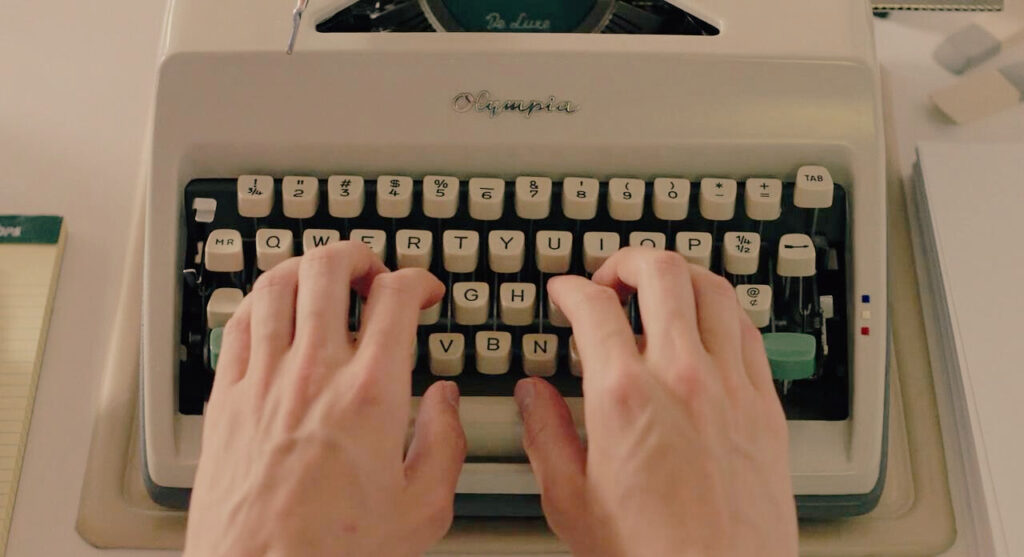Comedy in films comes in many forms. Each form possesses a distinct style, and while each style requires a different method, they all share the common goal of tickling the audience and giving them a good laugh.
Let’s delve into 11 different types of sub-genres of comedy, and understand how they differ from each other. This way, when you write comedy or conceptualize an idea, you can be more precise and consistent in your approach which will eventually help you to convey it effectively to your audience.
Slapstick Comedy
Slapstick comedy is a type of physical comedy that often involves exaggerated, funny actions like falls, collisions, and other physical mishaps. Some famous examples of slapstick comedy include “The Three Stooges” and “Mr. Bean.”


Romantic Comedy
A romantic comedy is a subgenre of comedy that focuses on the humorous aspects of romantic relationships. These films typically involve a couple who go through a series of ups and downs before finally getting together in the end. Some examples of romantic comedies include “When Harry Met Sally” and “The Proposal.”


Screwball Comedy
Screwball comedy is a genre that emerged in the 1930s and is characterized by fast-paced, zany plots and eccentric characters. These films often include witty, rapid-fire dialogue and unusual situations. Some classic screwball comedies include “Bringing Up Baby” and “His Girl Friday.”


The prominence of Screwball comedy has waned over time, and it is rare to find a movie in contemporary cinema that embodies all the characteristics of Screwball.
Parody
Parody is a type of comedy that uses exaggeration and mockery to imitate a work of art, person, or genre for comedic effect. Some popular parodies include “Scary Movie,” “Airplane!,” and “The Naked Gun” series.


Satire
Satire is a form of humor that aims to criticize or comment on society, politics, and culture through exaggeration and irony. Examples of satirical comedies include “Dr. Strangelove” and “The Great Dictator.”


Musical Comedy
A musical comedy combines comedy with musical numbers. These films often include characters breaking into song and dance to further the plot or to provide comedic relief. Examples of musical comedies include “Singin’ in the Rain” and “Mamma Mia!”


Dark Comedy
A dark comedy is a genre that blends humor with serious or taboo subjects. These films often have a cynical, ironic tone and can be controversial due to their subject matter. Examples of dark comedies include “American Psycho” and “In Bruges” and Fargo.


Mockumentary
A mockumentary is a fictional work that takes the form of a documentary. These films often use satire and parody to poke fun at real-life situations. Examples of mockumentaries include “This Is Spinal Tap” and “Best in Show.”


Farce
Farce is a comedic genre that relies on exaggeration, absurd situations, and improbable events to generate laughter. It often involves mistaken identities, misunderstandings, and physical humor. Examples include “Noises Off,” and “Jaane bhi do yaaro” where a film goes hilariously awry due to a series of comedic mishaps and misunderstandings. Remember “Jaane Bhi Do Yaaro” is also a satire that provides commentary on the political climate of the time, but it includes elements of farce and absurdist comedy.


Absurdist Comedy
Absurdist comedy often involves nonsensical situations, eccentric characters, and dialogue that defy logic and conventional expectations. An example of absurdist comedy are “The Grand Budapest Hotel,” and “Andaz Apna Apna.


Situational Comedy (Sitcom)
Situational comedy, commonly known as sitcom, revolves around humorous situations arising from everyday life. In these type of comedy, the humor arises from character’s interactions and reactions to various situations. An example of a sitcom is “Friends,” and “The Office.”


It is important to understand that at times, movies are not specific to a particular genre, and instead of adhering to any one category, they often incorporate elements that can be categorized as slapstick, absurdist, farce, or others.



